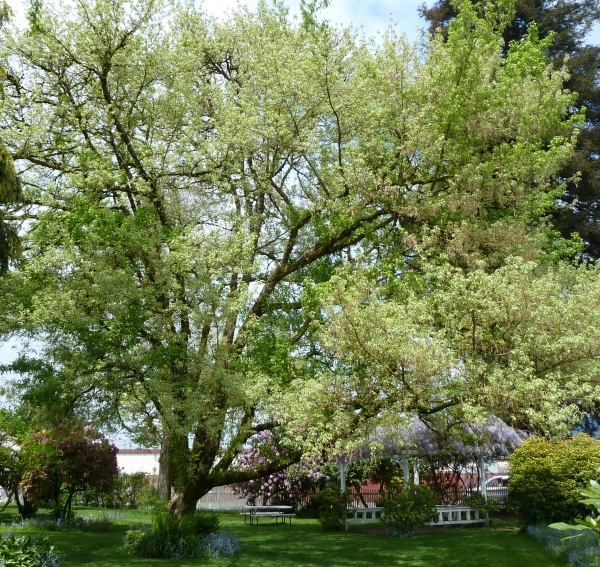Maple - Box Elder
Acer negundo$24.00
When will it be in Stock?
We previously had the most to buy in Dec and Mar. With limited quantities for sale in other months. They are unlikely to be available in Jan and Apr. Remember to click above to get notified when it is available once more.
Specifications of Maple - Box Elder
Preferred Climate Warm Temperate, Cool TemperateLearn About Climate Zones
Grown From SeedlingLearn About Propagation Methods
Max Height (when in the ground with good conditions) +10m
Plants required to Pollinate 1 (Self Pollinating)Learn about Pollination
Can it Handle Frosts? Yes (Often below -2)
Amount of leaves in Winter? No Leaves (Deciduous)
Quarantine Restrictions to these Areas WA
Water Requirements Drought Hardy (Little Watering)
Is it a Dwarf Fruit Tree? No (Full Size)
Time to Fruit/Flower/Harvest 5+ Years
Sun or Shade Full (Sun:80%-100%)
Preferred Soil Type Good Drainage
Soil pH Neutral (6.6-7.3pH)
Create a Filter to find similar plants
Customers also bought
These plants are often purchased together. Also check plant information for suitability in your orchard.
Maple - Red
$24.00 ($12.90-$29.00 choose a size)
Customer Tips & Reviews Maple - Box Elder
Maple - Box Elder
Lose leaves at early onset of winter, so allowing sun to reach ground, whereas many deciduous, especially the more coloured maples, lose leaves later so keeping you cold in winter.
Maple - Box Elder
These beautiful trees grow well in my town and the ones planted for shade together and alone are the best We have both extremes in the weather.
















